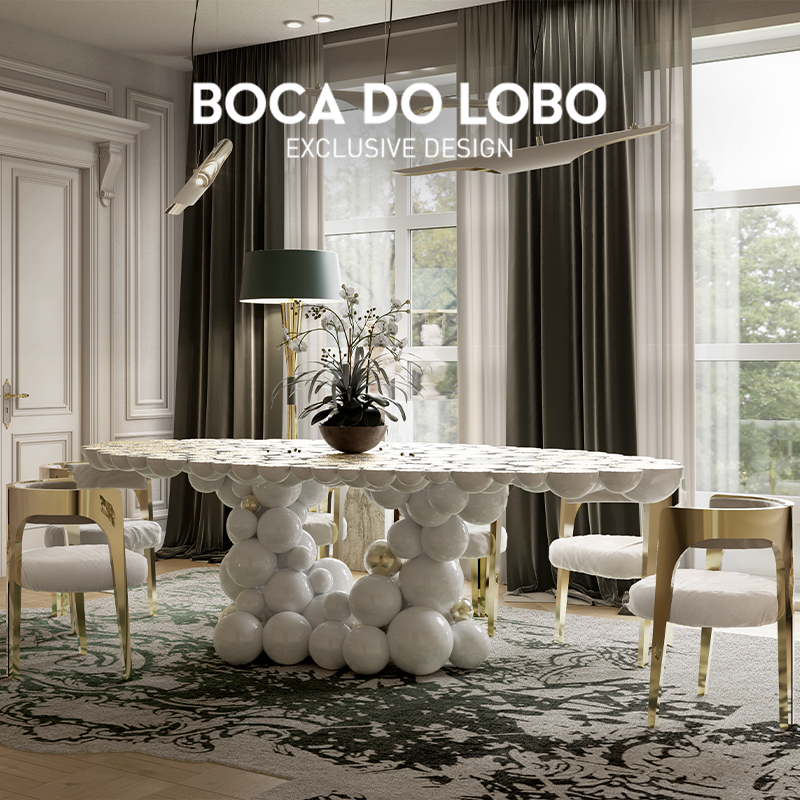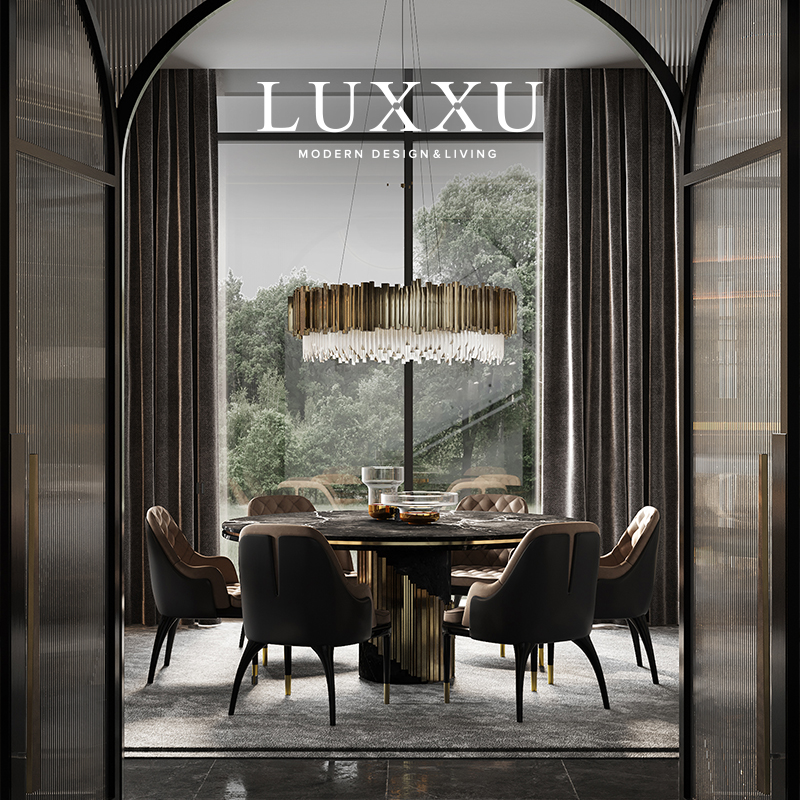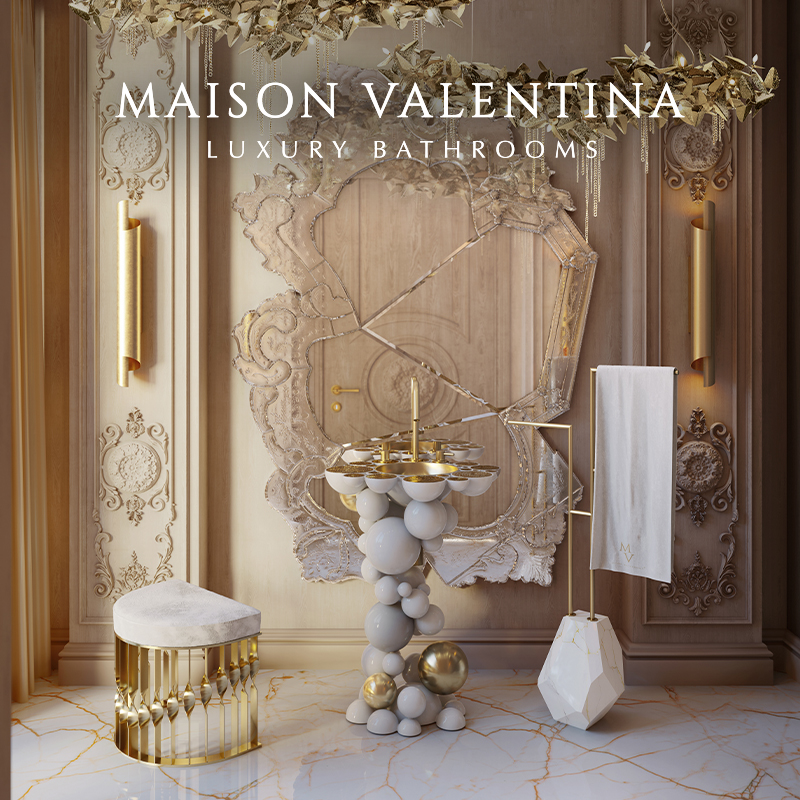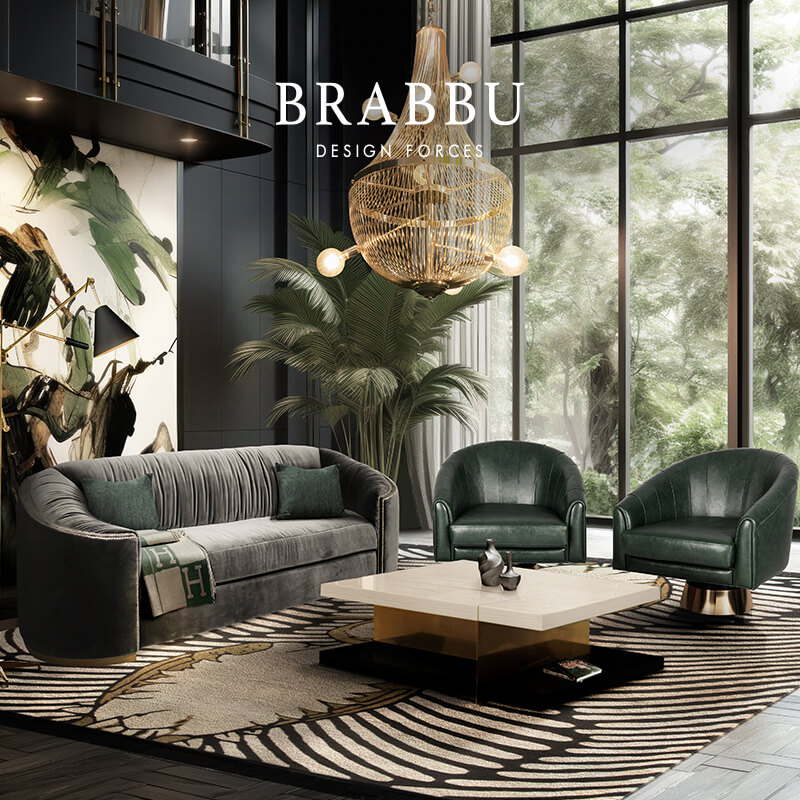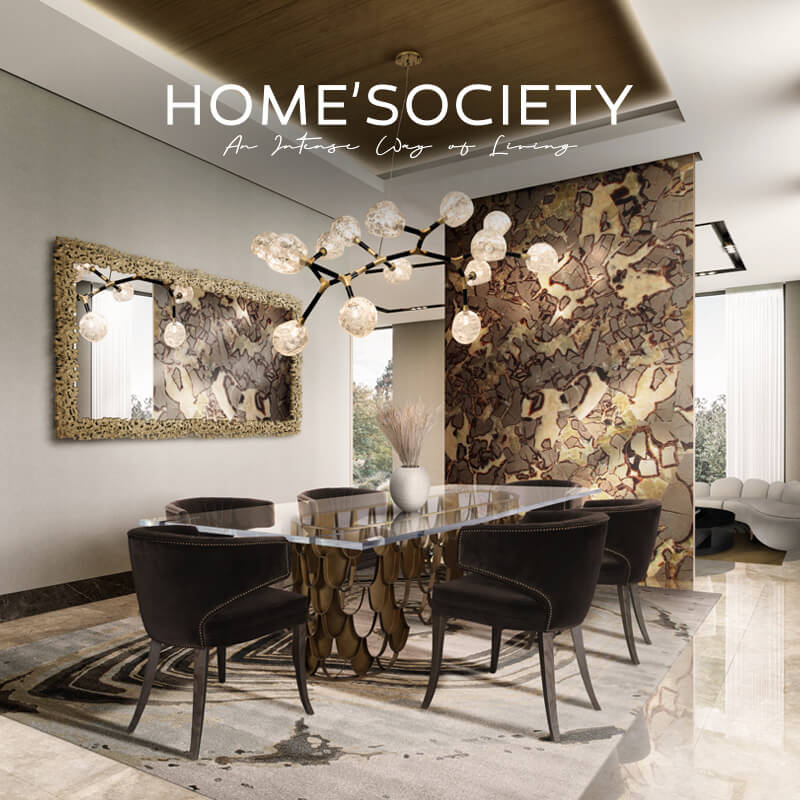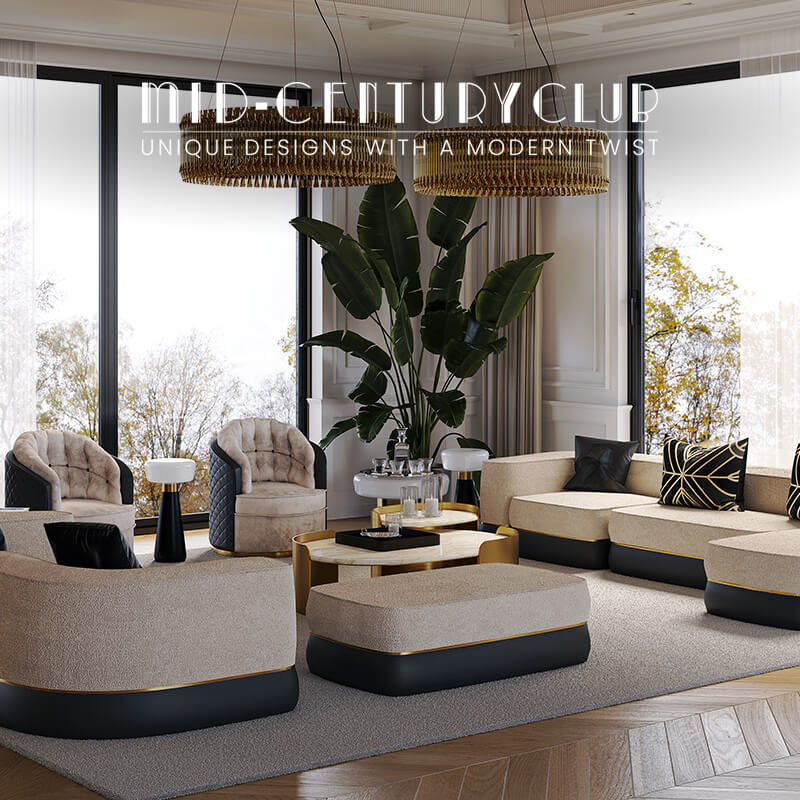The Art of Immersive Design: Inside Rockwell Group’s Creative World
Rockwell Group has long occupied a distinctive place in the world of architecture and design, known for embracing storytelling as the foundation of its creative work. Founded in 1984 by architect David Rockwell, the firm built its reputation on an approach that blends architecture, interior design, technology, and theatricality into environments that feel both highly crafted and emotionally engaging. Rather than imposing a signature style, the studio treats every project as its own narrative—an opportunity to shape how people experience space, interact with each other, and form lasting memories.
What sets Rockwell Group apart is its commitment to immersive design. The team often draws from the language of theater: lighting that guides mood and attention, spatial choreography that influences movement, and materials that spark sensory responses. This sensibility is visible across its expansive portfolio, which includes hotels, restaurants, cultural institutions, workplace environments, and stage sets. The firm’s work often blurs the boundaries between hospitality and entertainment, creating spaces that feel active, warm, and alive.
Restaurants have become one of Rockwell Group’s most recognizable arenas. Many of the hospitality venues shaped by the studio are known for offering more than a meal—they provide a setting that is intentionally memorable. Playful installations, layered textures, and inventive layouts contribute to atmospheres that turn dining into an experience. The firm’s hotel designs carry the same sense of curiosity, whether through dramatic entry sequences, intimate lounges, or inventive uses of natural materials.
The firm’s theatrical roots, deepened through its work on Broadway productions and live events, continue to influence its evolution. These projects require an understanding of how environments transform over time, how audiences connect to place, and how design can support emotion without overwhelming it. That knowledge transfers seamlessly into its architectural work, resulting in spaces that are engaging without being prescriptive.
Technology and innovation play an increasingly central role in Rockwell Group’s process. The studio experiments with digital fabrication, interactive installations, and emerging materials, exploring how new tools can enhance spatial storytelling. By combining craftsmanship with experimentation, the firm continues to push the boundaries of what designed environments can achieve.
At its core, Rockwell Group is driven by the belief that design has the power to delight, surprise, and connect people. Its spaces often feel like invitations—welcoming visitors into experiences that unfold gradually, thoughtfully, and with a sense of imagination. After decades of work, the firm remains a standout presence in contemporary design, continually reinventing itself while staying rooted in the creative spirit that first defined it.
SEE ALSO
Greg Natale: The Work of a Multi-award-winning Australian Designer
//
























